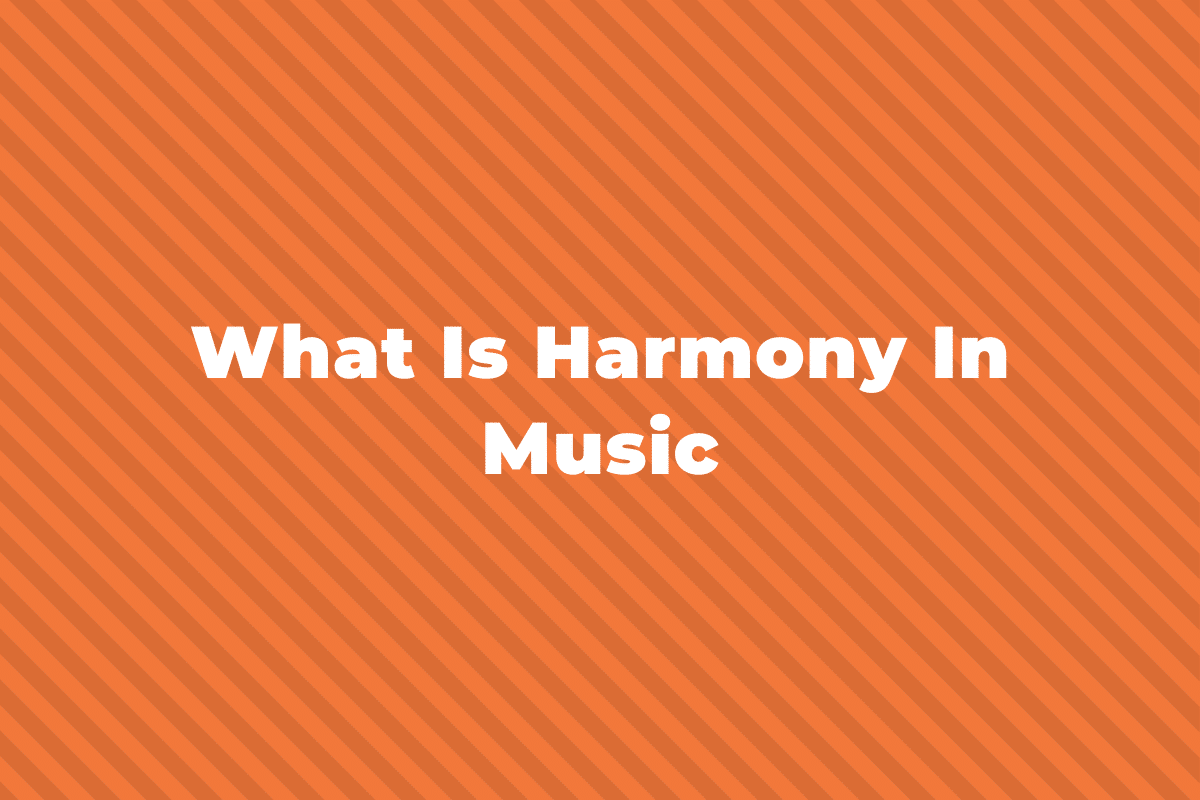Learning about C-Sharp major scale? In this post, we’ve put together a complete guide to everything you need to know when learning about the scale.
We’ll be looking at the notes of C-Sharp major scale, what it looks like in the treble, bass, alto, and tenor clefs, the degrees of the scale, its key signature, and lots more. Let’s get started.
Notes in C-Sharp Major Scale
The C-Sharp major scale is made up of seven notes starting on C-Sharp (which is known as the keynote). It then follows the major scale formula of whole and half steps.
Those notes are: C# D# E# F# G# A# B#
As you can see, it has seven sharp notes: F#, C#, G#, D#, A#, E# and B#.
C-Sharp Major in the Treble Clef
Here are all the notes of C-Sharp major scale in the treble clef, ascending and descending.


C-Sharp Major in the Bass Clef
Next, we have all the notes of C-Sharp major scale in the bass clef, ascending and descending.


C-Sharp Major in the Alto Clef
Here are all the notes of C-Sharp major scale in the alto clef, ascending and descending.


C-Sharp Major in the Tenor Clef
And last of the clefs, here are all the notes of C-Sharp major scale in the tenor clef, ascending and descending.


C-Sharp Major Scale Formula
Like every major scale, C-Sharp major follows a certain formula of whole and half steps, which is:
Whole step, whole step, half step, whole step, whole step, whole step, half step.
This is abbreviated to W W H W W W H.

Using the British terminology of tones and semitones, this would be:
Tone, tone, semitone, tone, tone, tone, semitone
Which gets abbreviated to T T S T T T S.

C-Sharp Major Scale Degrees and Technical Names
In music theory, we can refer to each note of a scale by numbers which we call the degrees of a scale.
The first note is the 1st degree, the second is the 2nd degree, the third note is the 3rd degree, etc.
But, each scale degree has another name which is called the technical names of the scale.
Here are the technical names and scale degrees of C-Sharp major scale.
- 1st – Tonic – C#
- 2nd – Supertonic – D#
- 3rd – Mediant – E#
- 4th – Subdominant – F#
- 5th – Dominant – G#
- 6th – Submediant – A#
- 7th – Leading tone – B#
C-Sharp Major Key Signature
To make playing in a certain key easier for the musician to read, we can use a key signature.
This helps us know to play certain notes sharp or flat without having to read an accidental each time.
C-Sharp major has seven sharps in its key signature: F#, C#, G#, D#, A# and E#.
Here’s the key signature for C-Sharp major in the treble, alto, tenor, and bass clefs.

What is the Relative Minor of C-Sharp Major?
Every major key has a relative minor key. What makes them related is that they both share the same key signature.
The relative minor key of C-Sharp major is A-Sharp Minor.
Here is A-Sharp natural minor scale, which uses all the same notes as C-Sharp major but starts on A-Sharp, which is its keynote: A# B# C# D# E# F# G#


But how do we know that A-Sharp minor is the relative minor of C-Sharp major? Well, to work out the relative minor key of a major one, all we have to do is go down three half steps (semitones).
So from C#, we go down one half step to C, a second half step to B, and a third half step to A#: C# > C > B > A#
Conclusion
That’s it for the scale of C-Sharp major! We hope it helped make a bit more sense of everything.
Feel free to use this post as a reference when referring to the notes of C-Sharp major scale.



